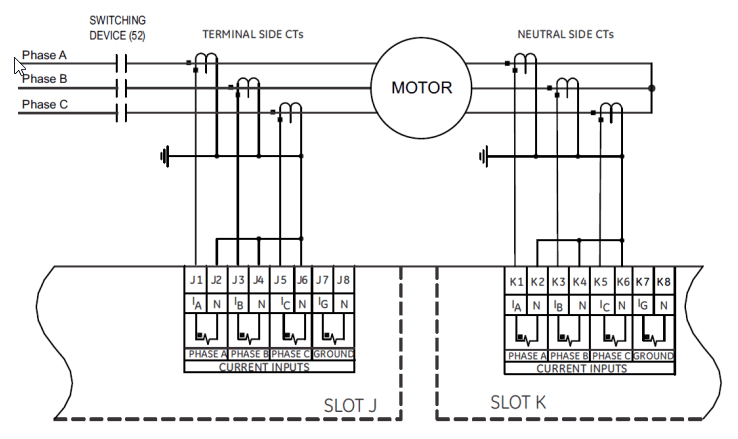NickParker
Electrical
For differential protection, I can see the CT secondary wye point grounding on both sides.

Although some of my coworkers claim that this also works flawlessly, I am aware that doing so goes against IEEE Std C57.13.3-2014 - IEEE Guide for Grounding of Instrument Transformer Secondary Circuits and Cases.
Any thoughts!

Although some of my coworkers claim that this also works flawlessly, I am aware that doing so goes against IEEE Std C57.13.3-2014 - IEEE Guide for Grounding of Instrument Transformer Secondary Circuits and Cases.
Any thoughts!
